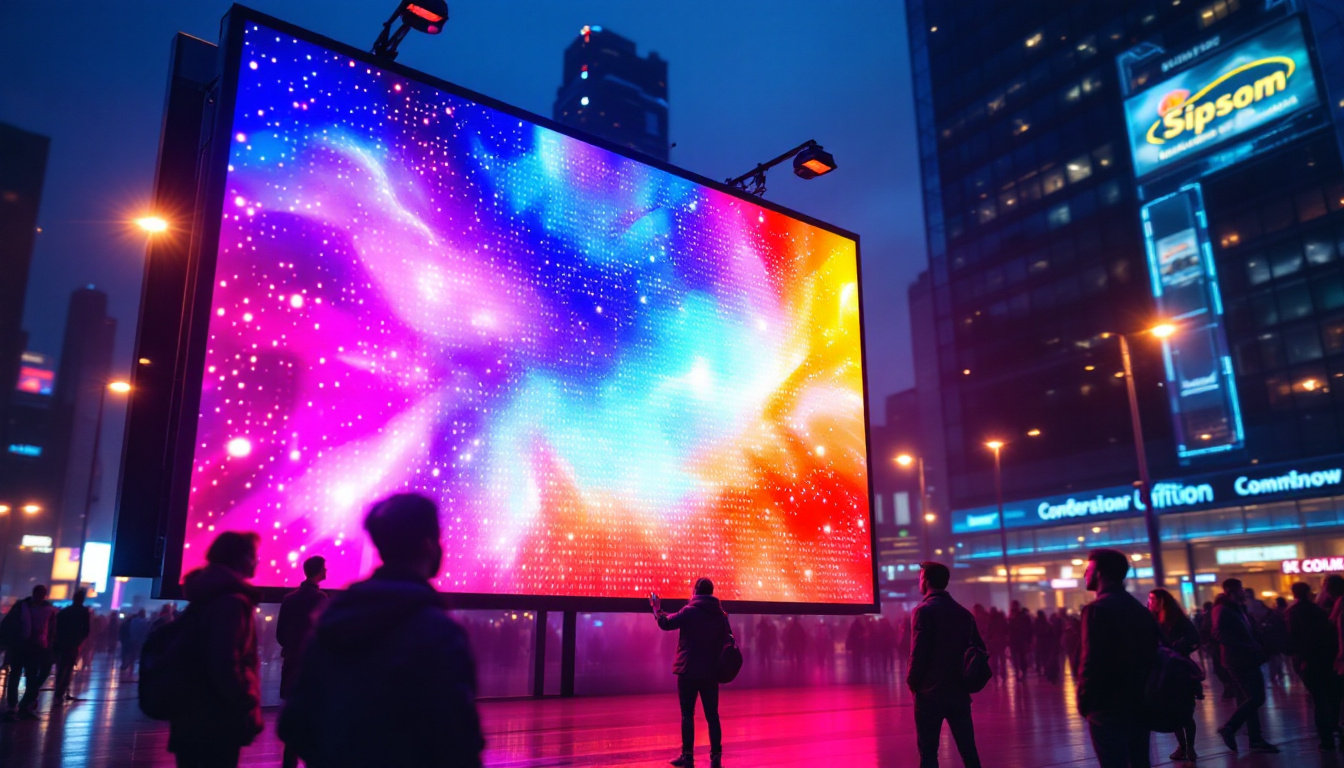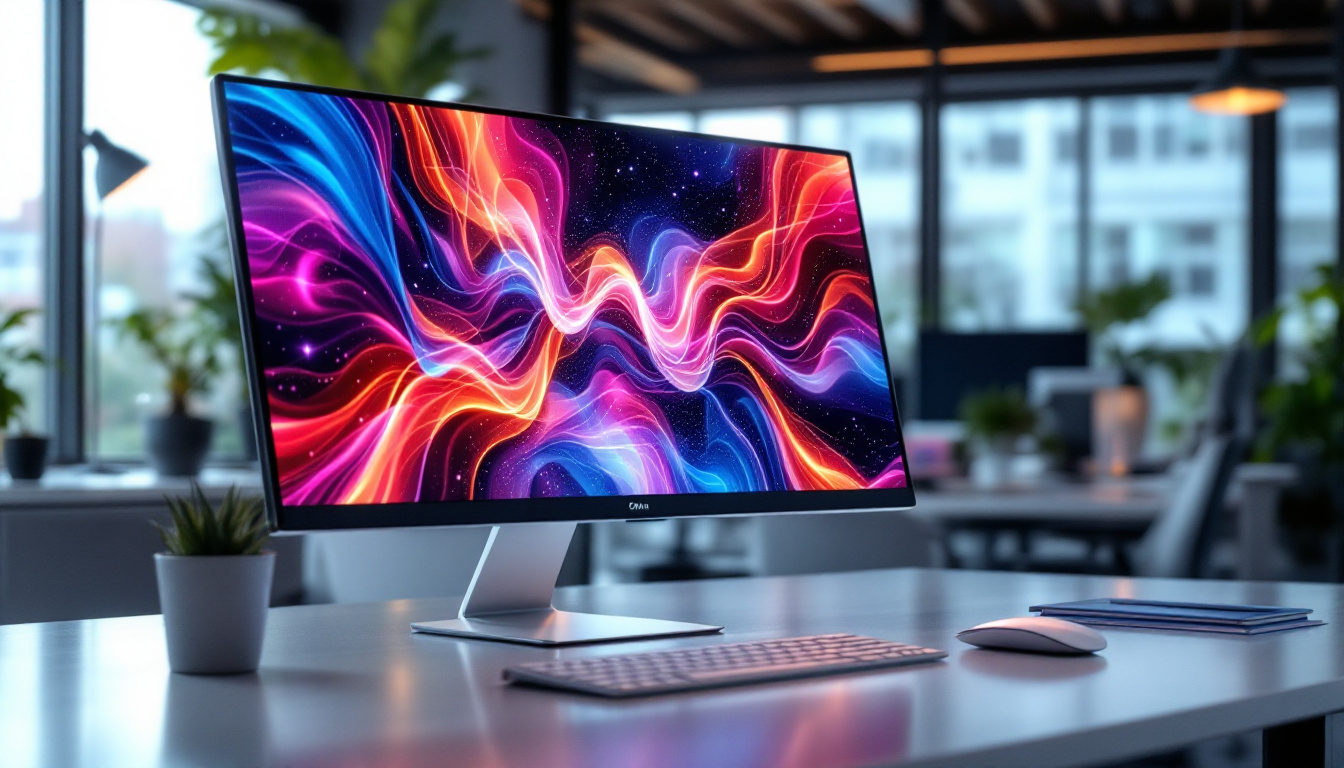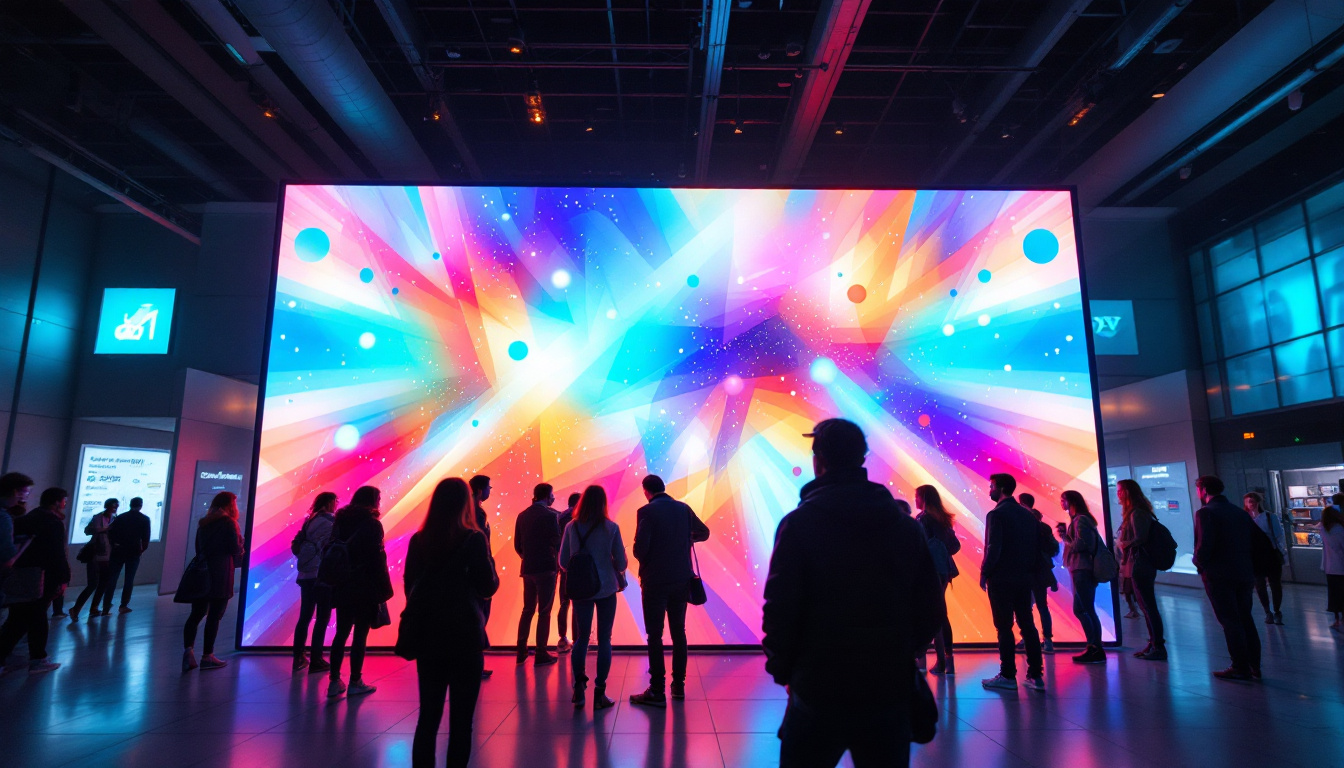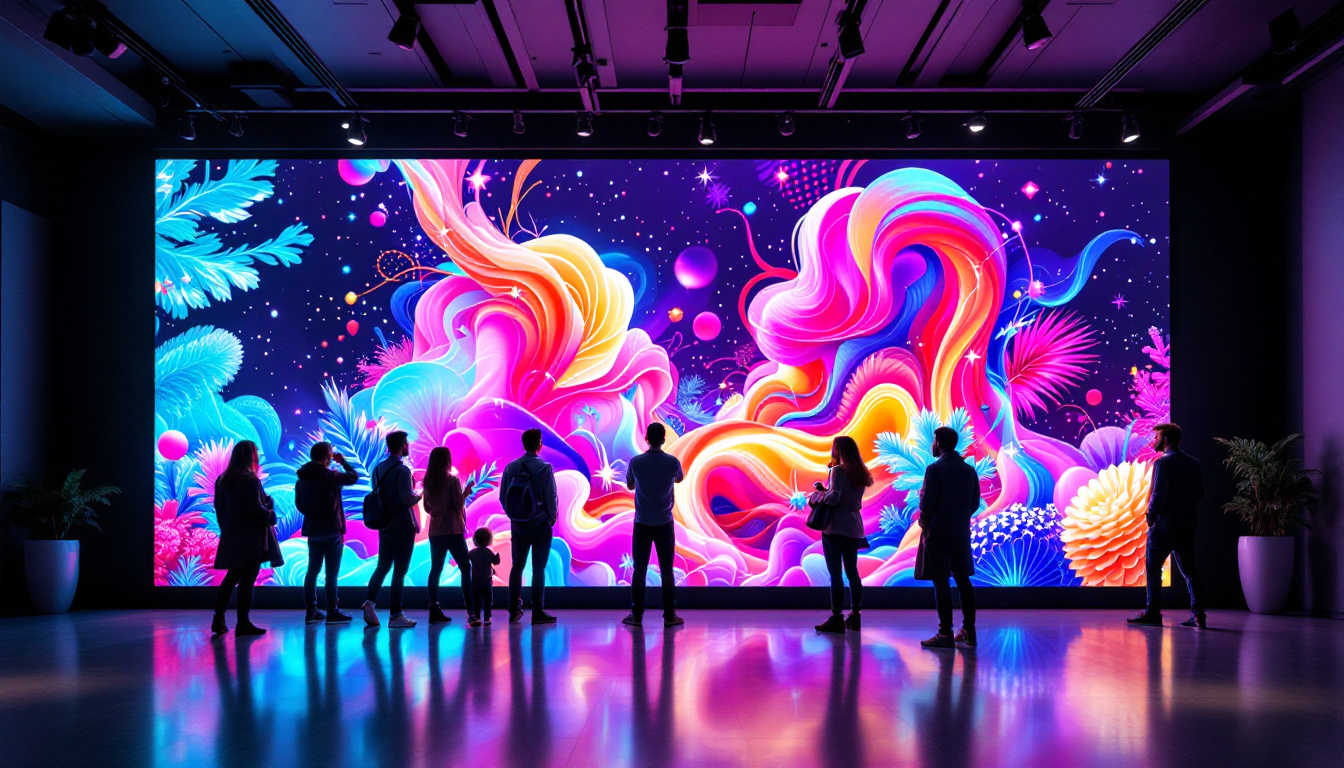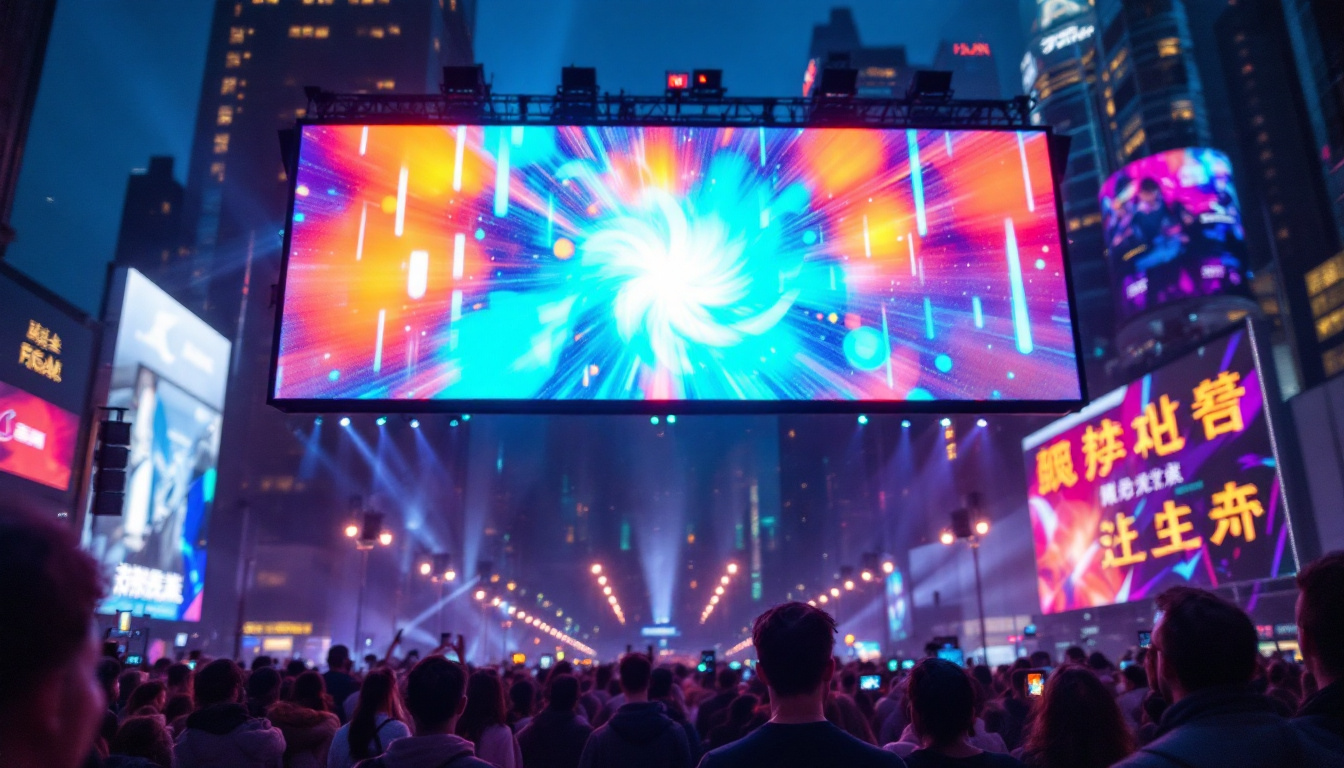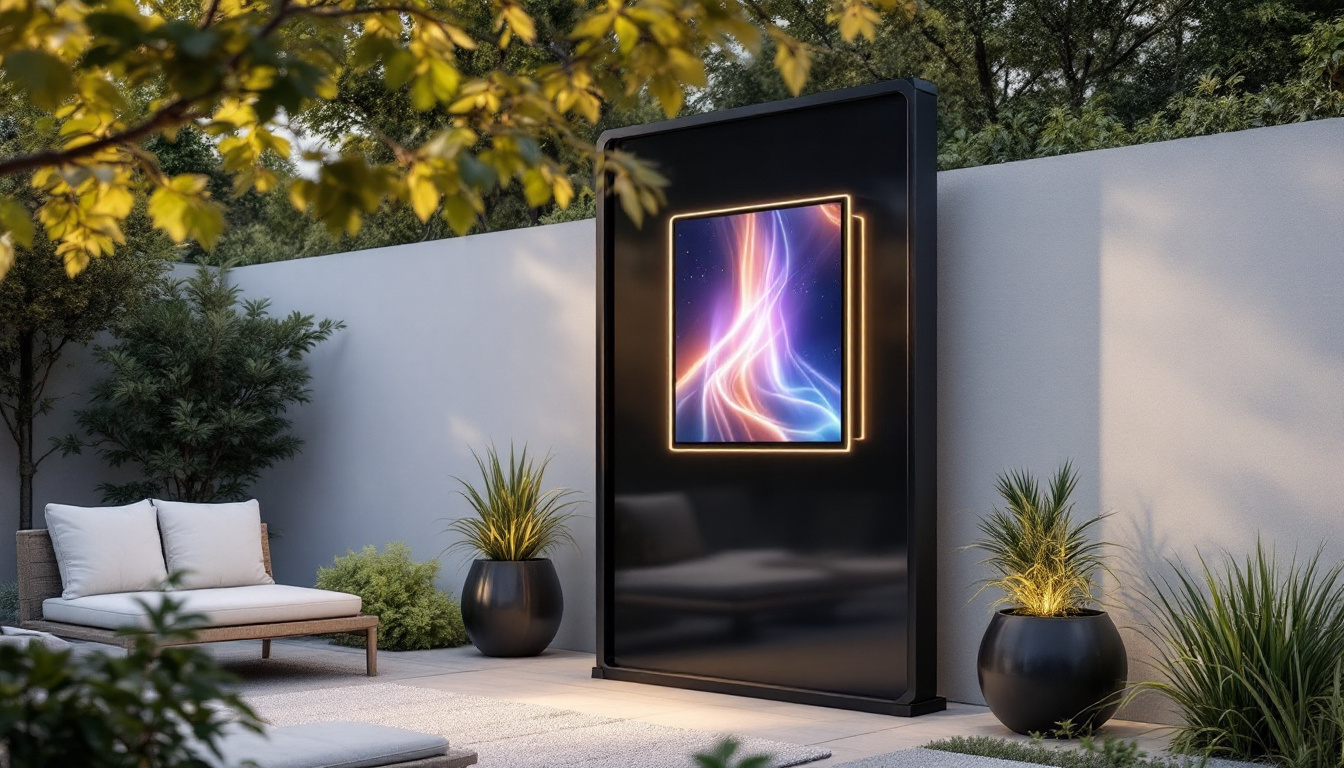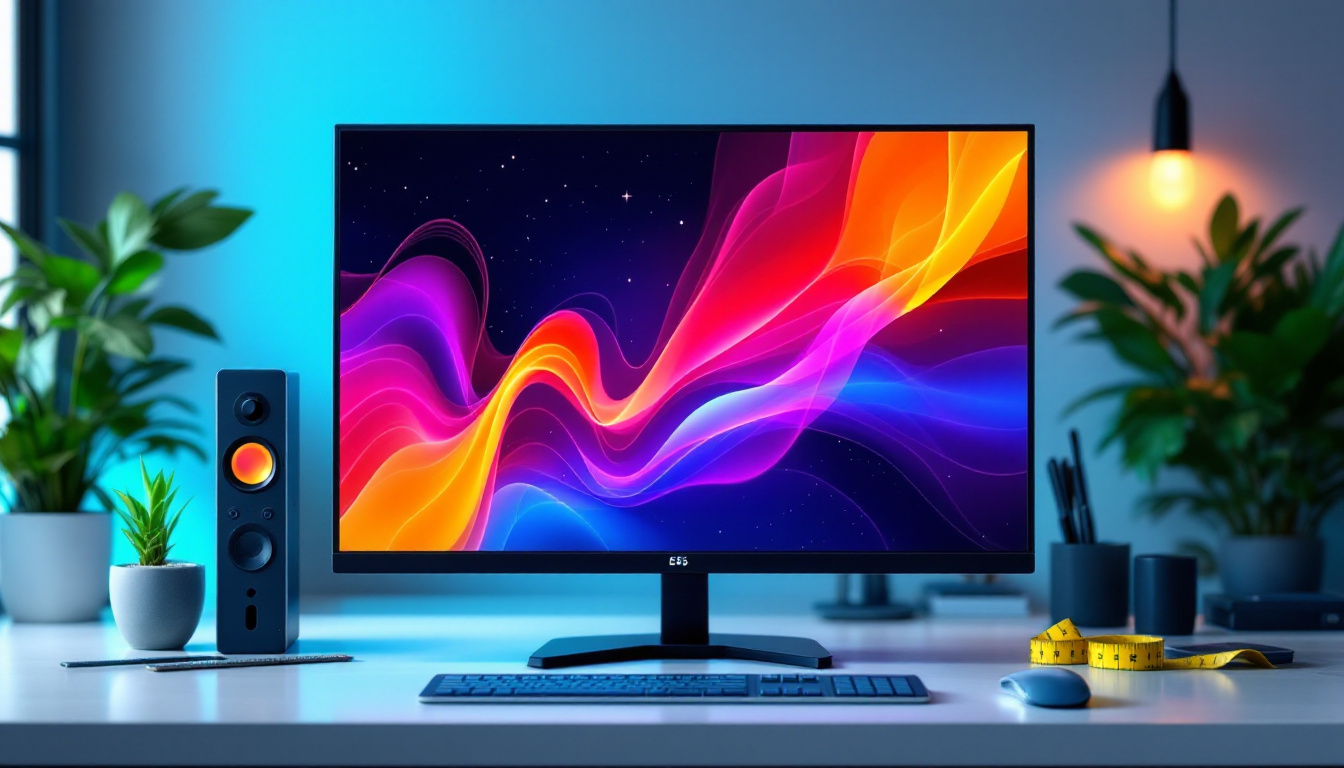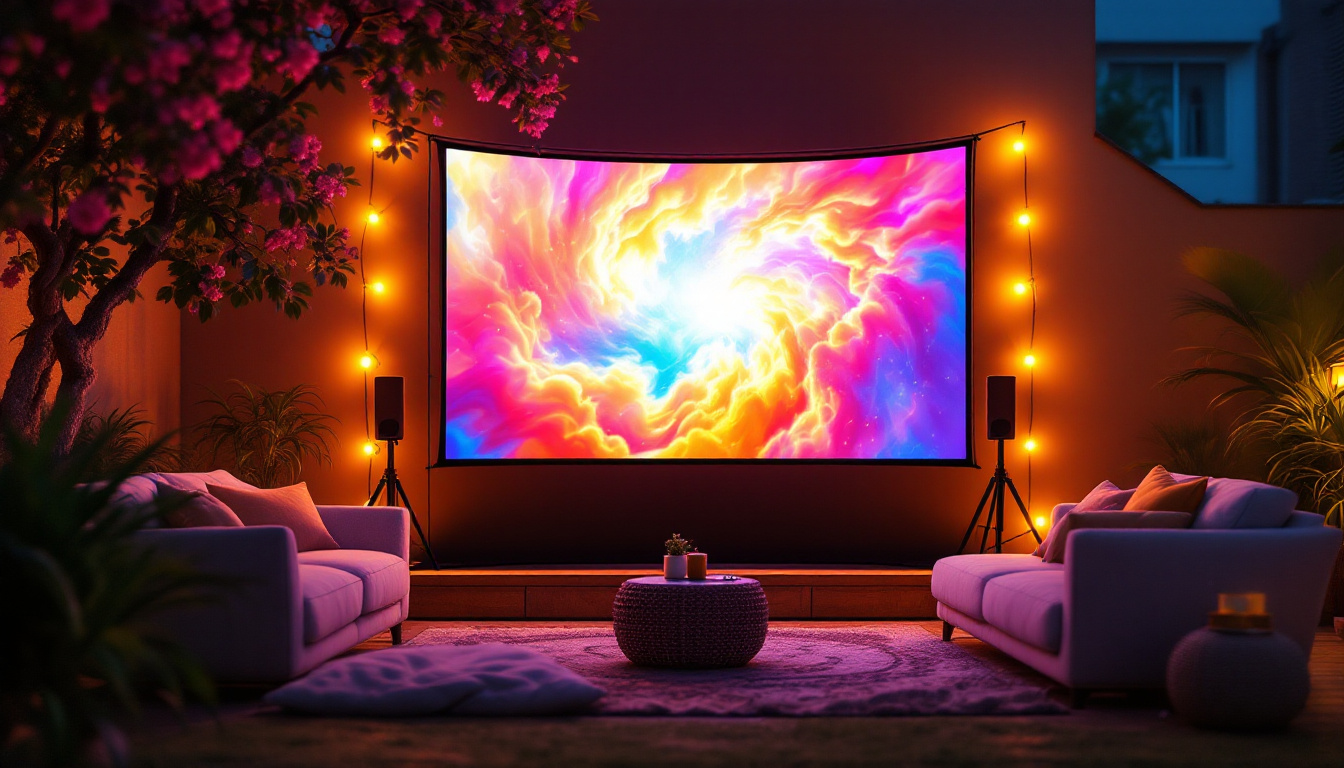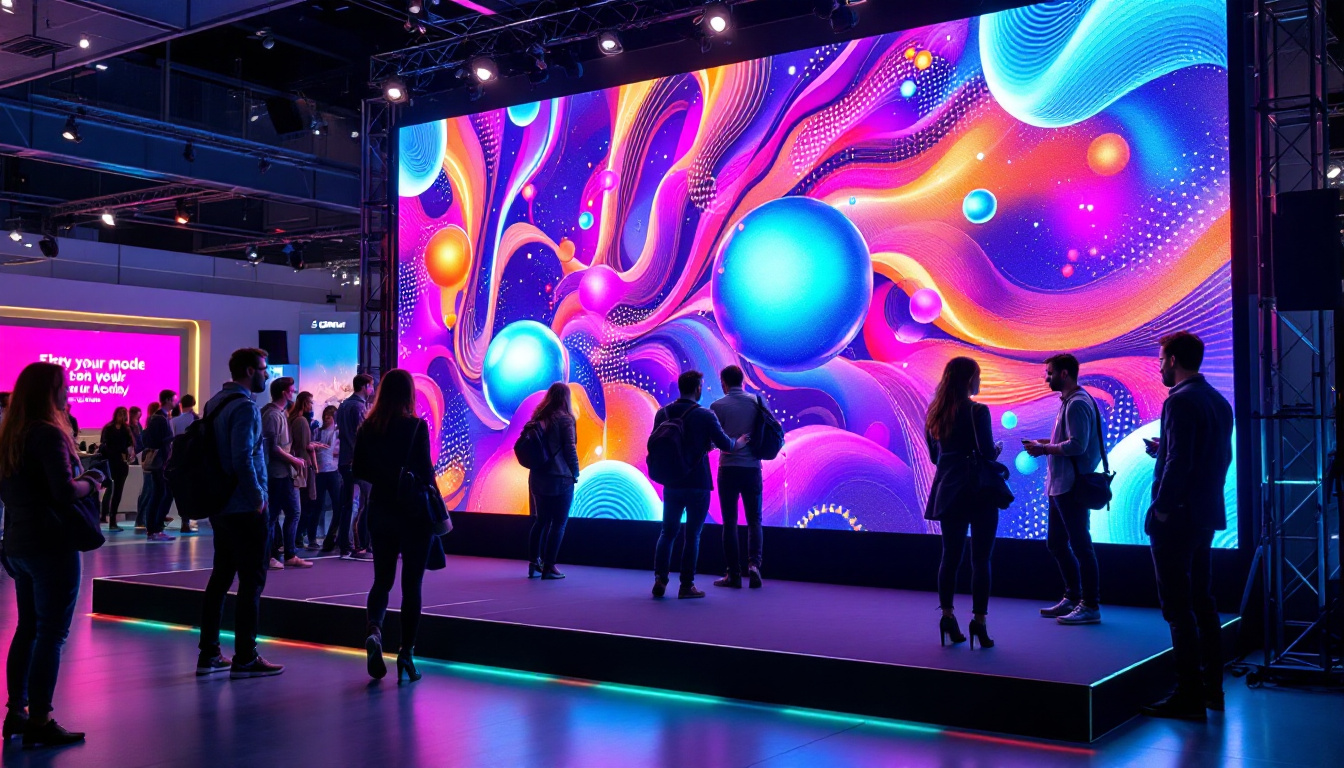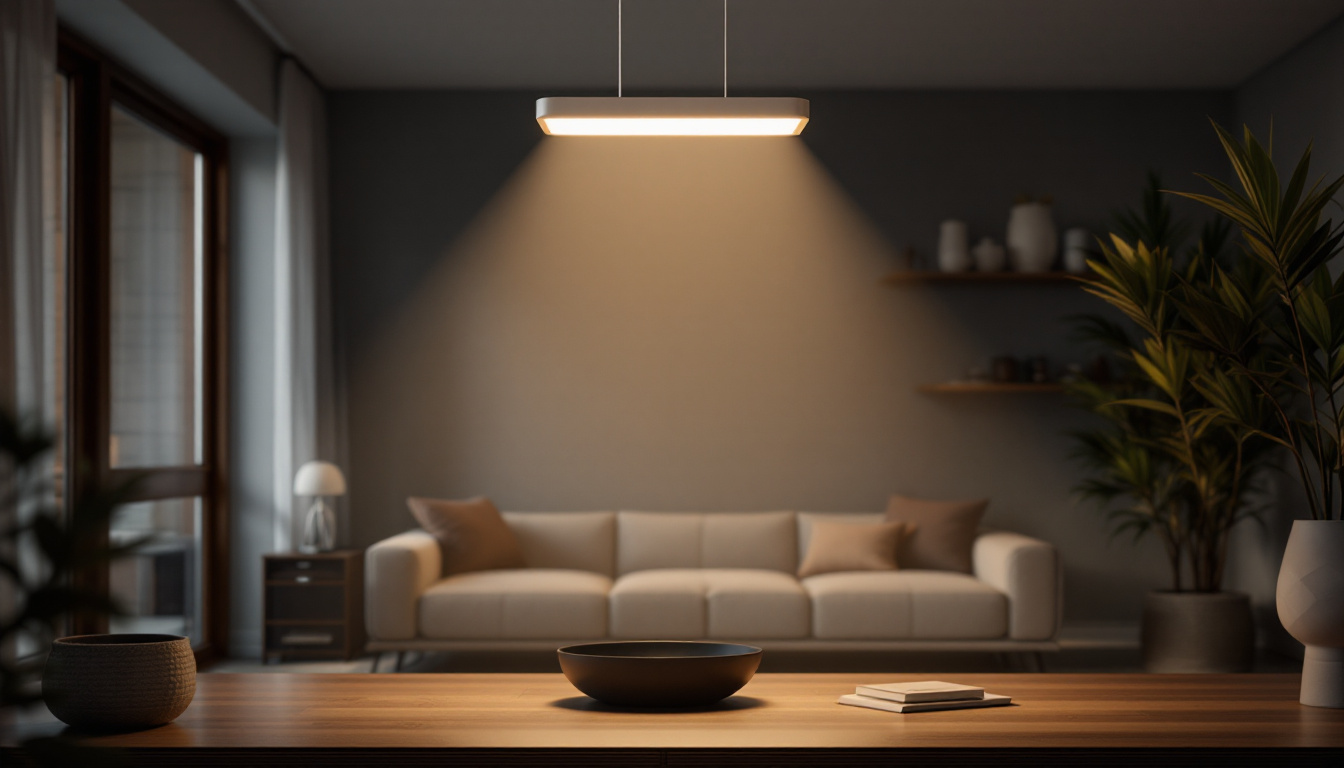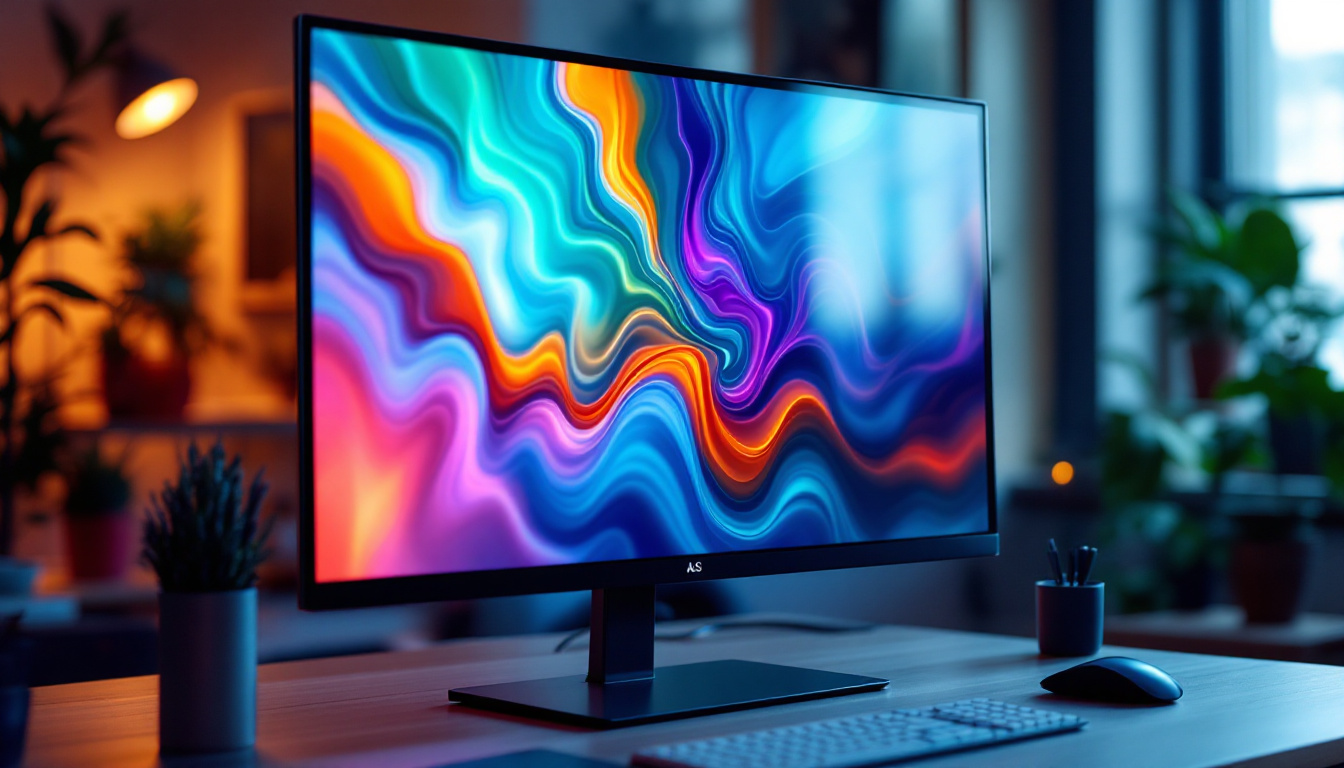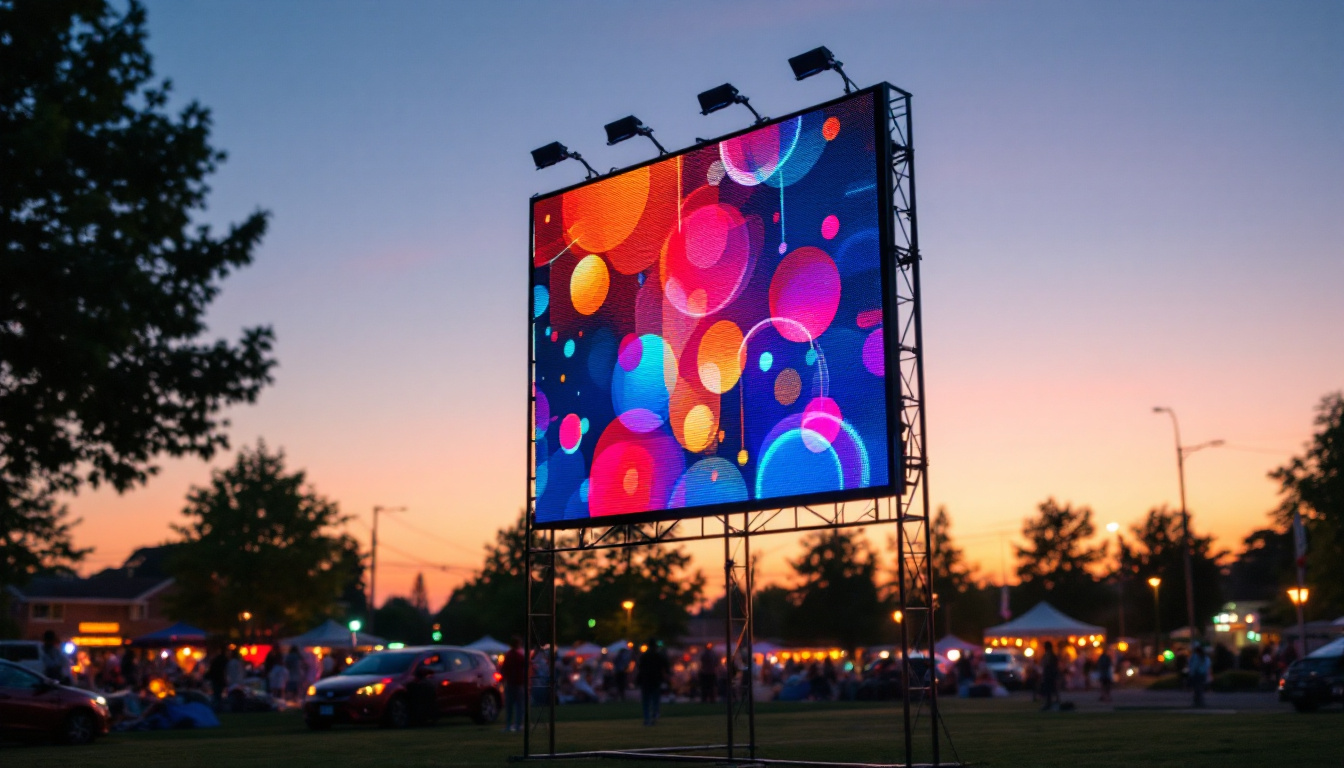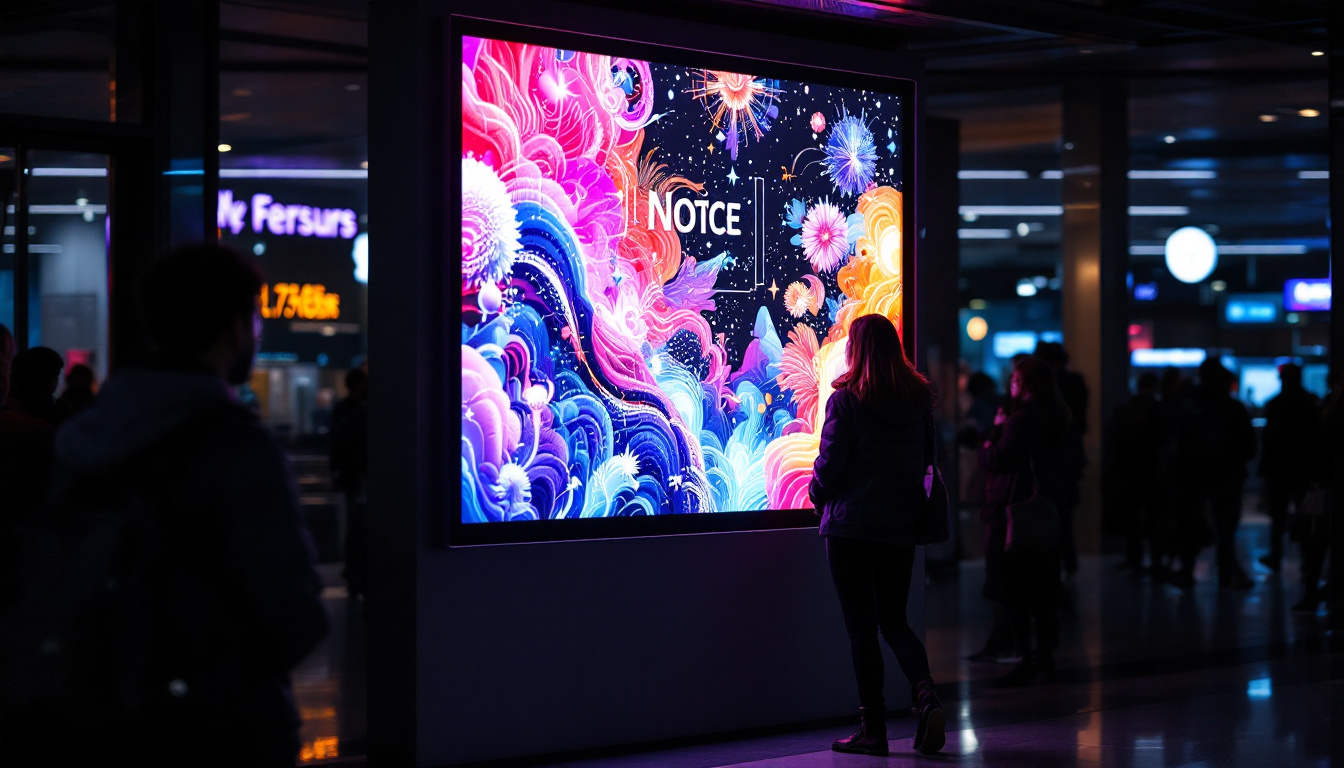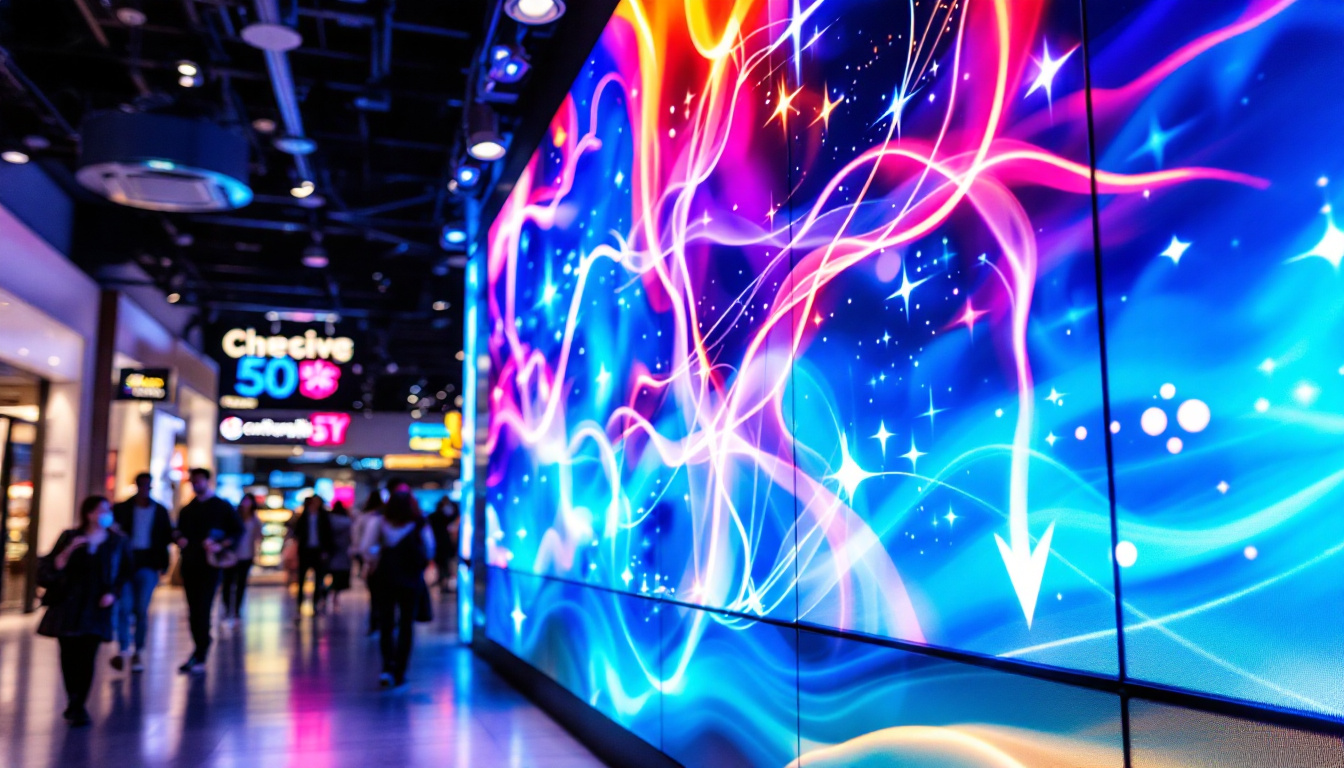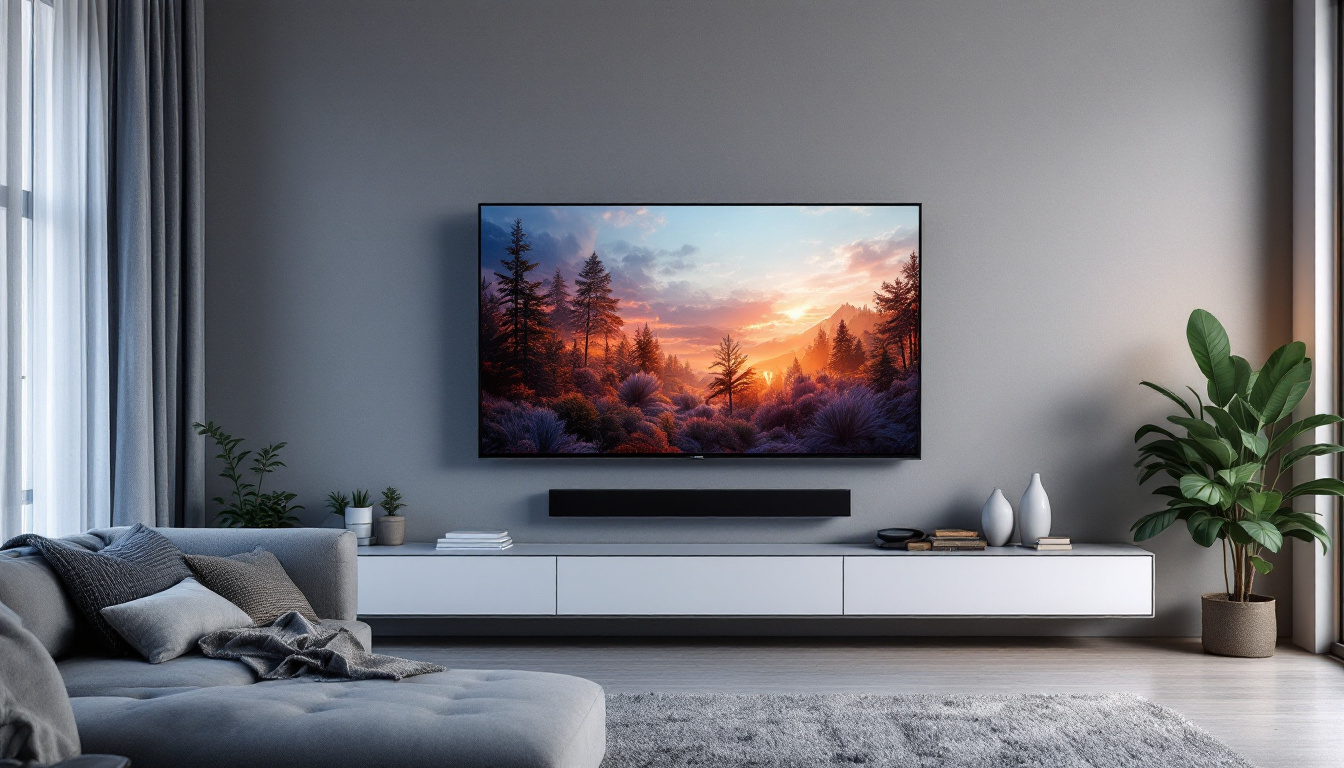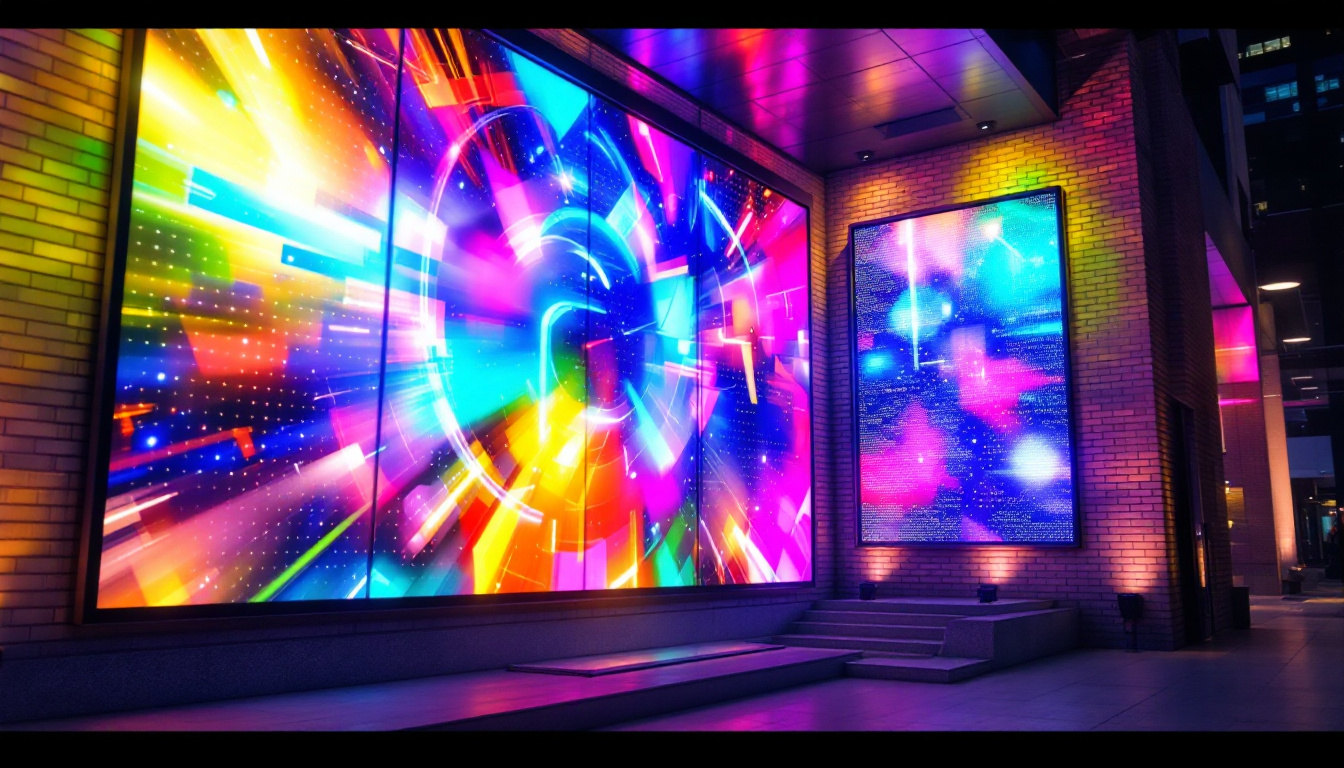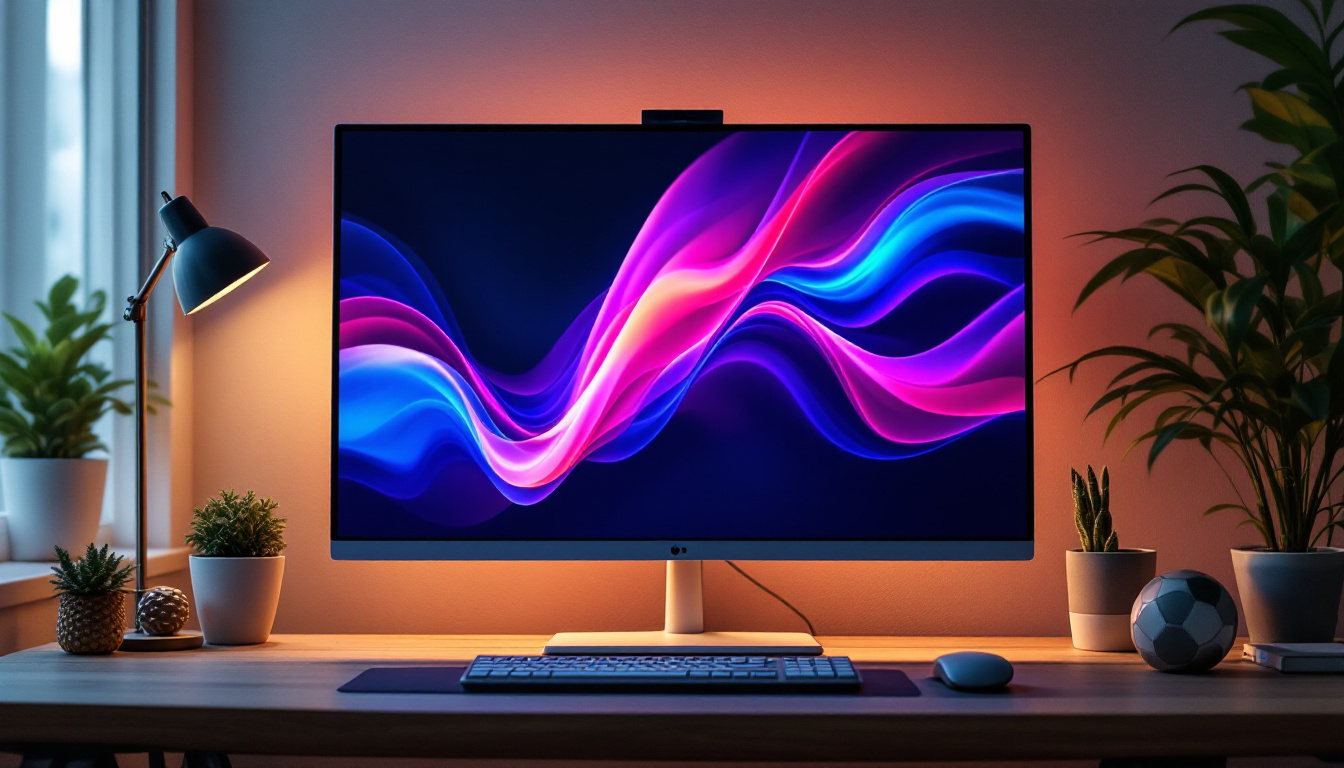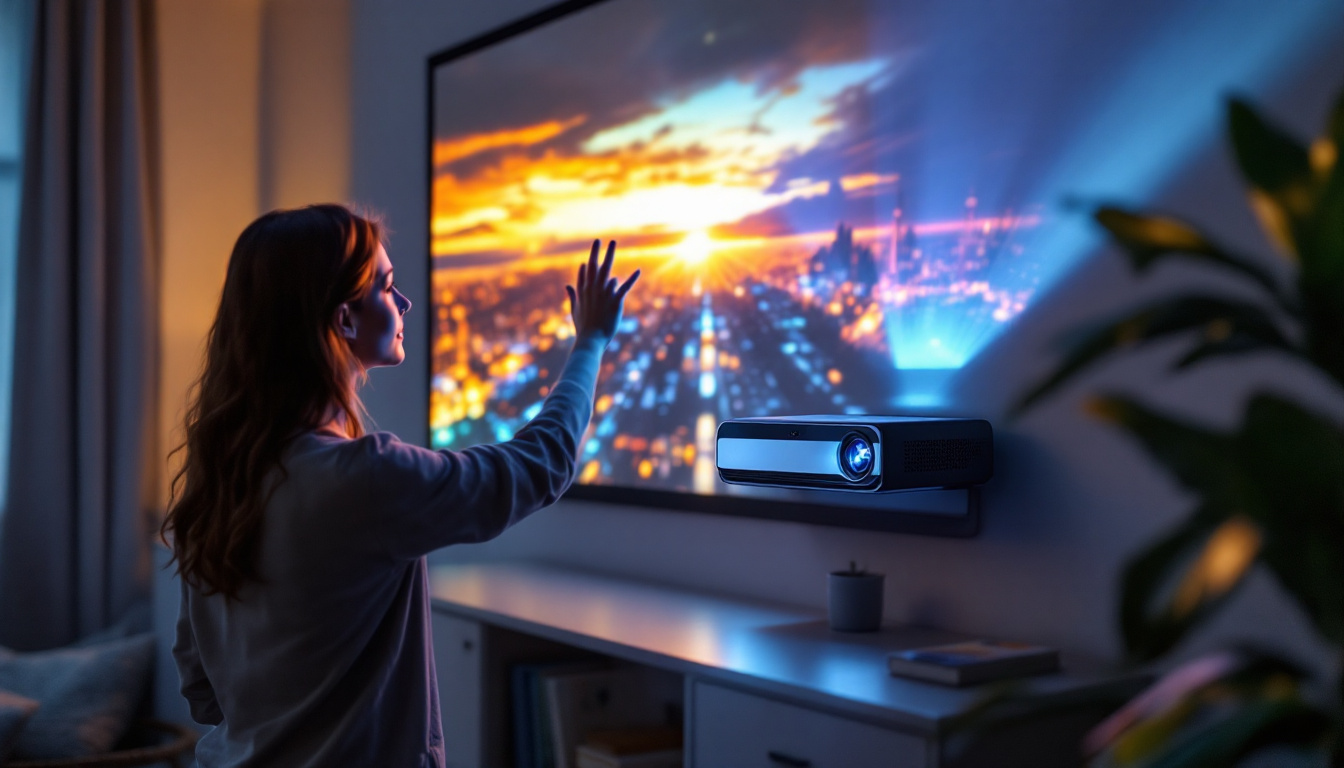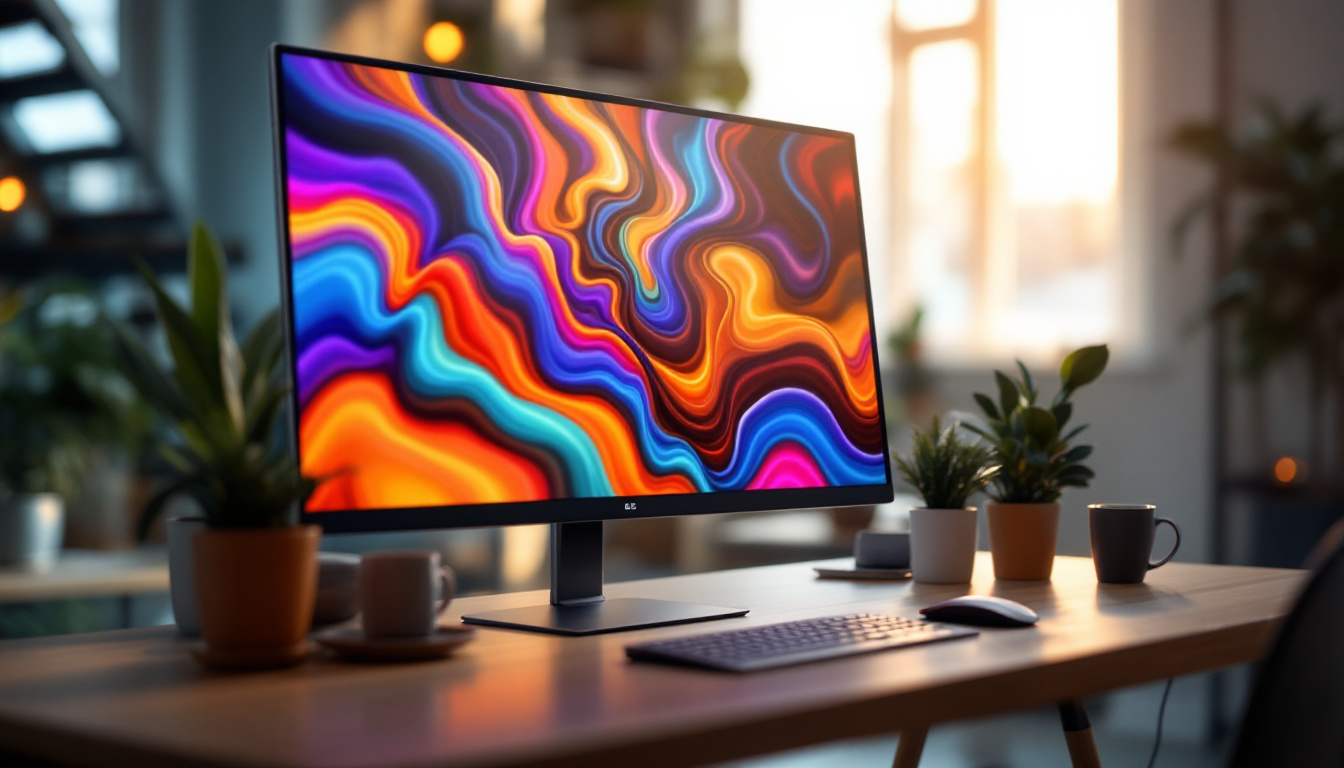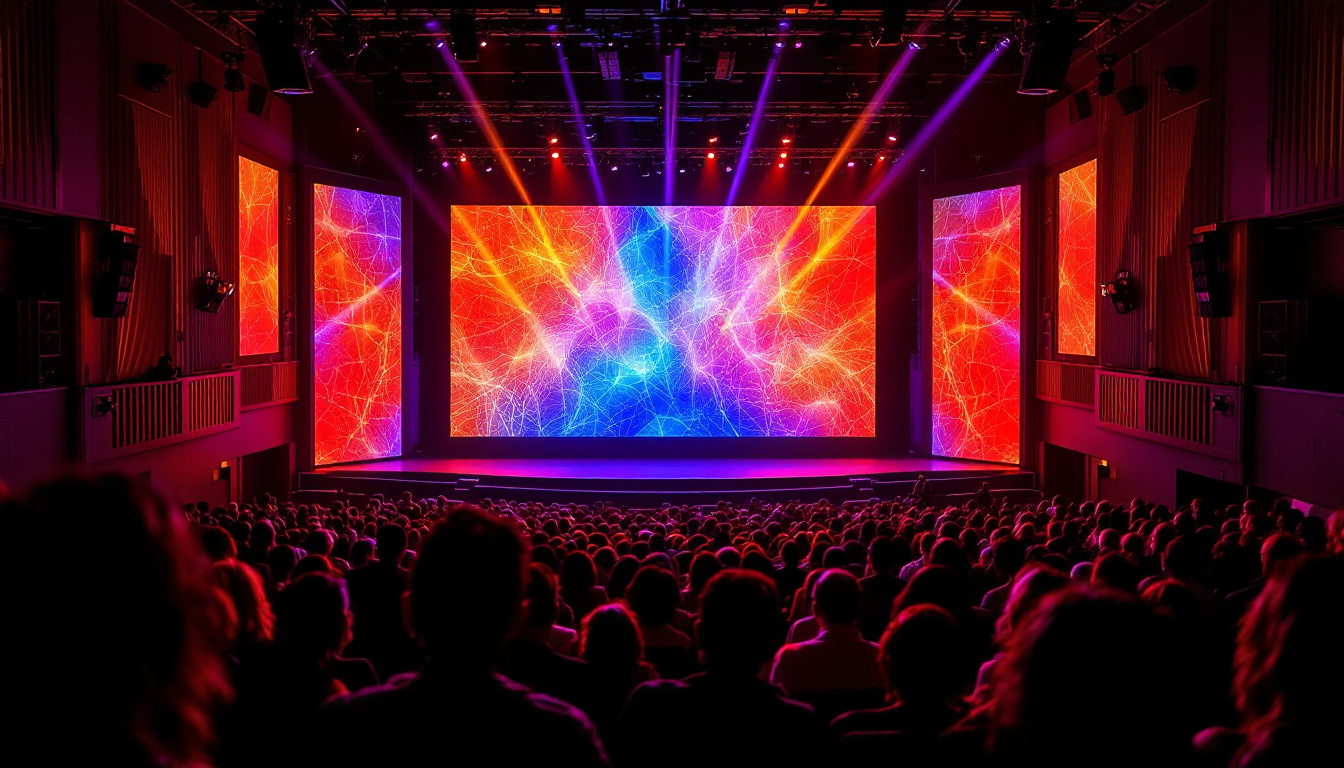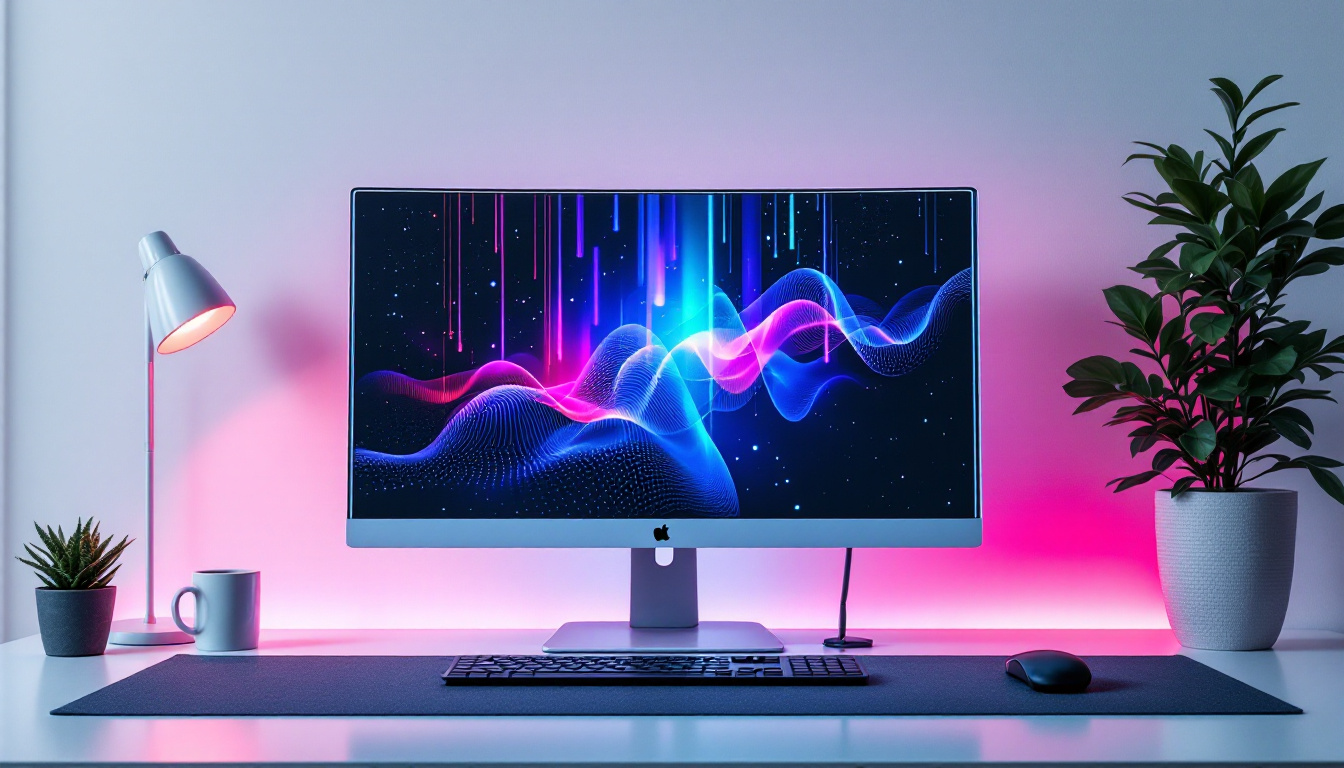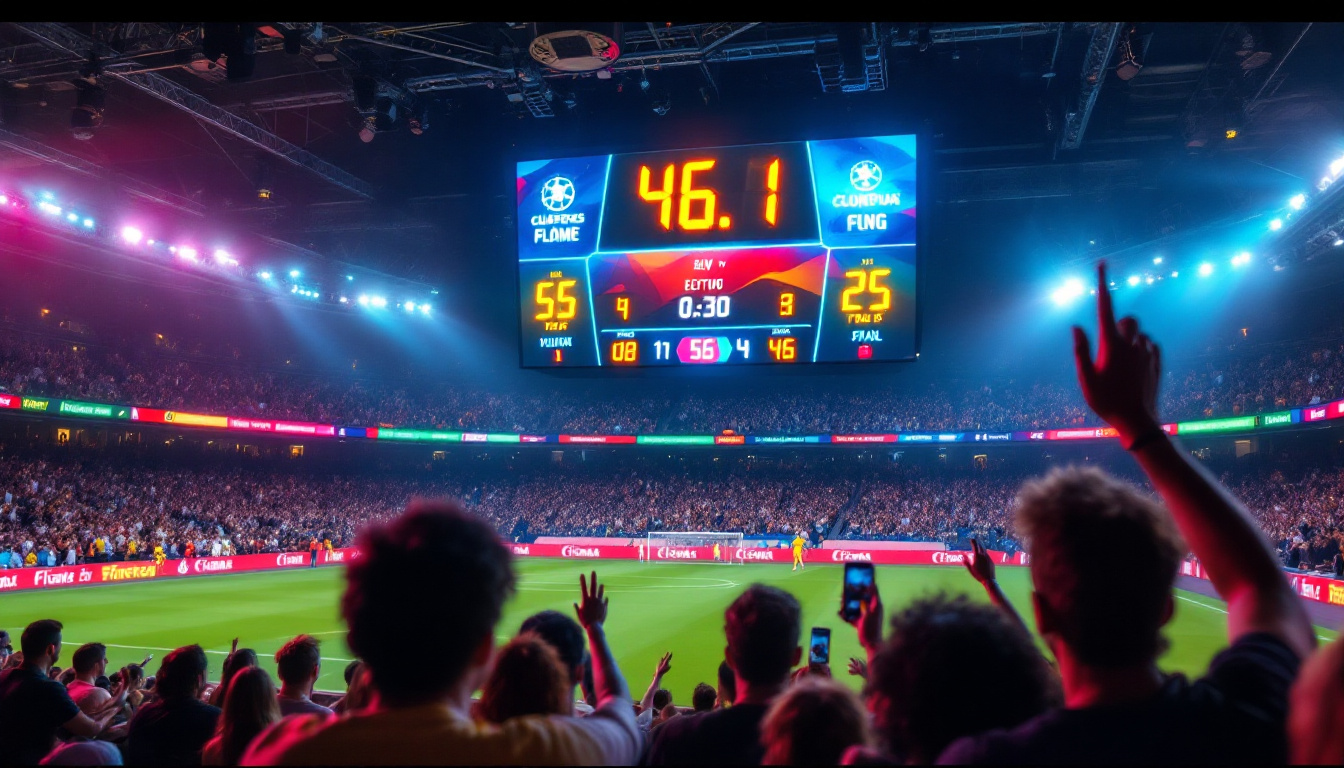In the world of digital signage and display technology, the term “pitch” is often encountered, particularly in relation to LED displays. Understanding pitch is crucial for anyone involved in the design, selection, or installation of LED screens. This article delves into the concept of pitch, its significance, and how it affects the overall quality and performance of LED displays.
What is Pitch?
Pitch, in the context of LED displays, refers to the distance between the centers of two adjacent pixels. It is typically measured in millimeters (mm) and is a critical factor that influences the resolution and clarity of the image displayed. A smaller pitch indicates a higher pixel density, which generally results in a sharper and more detailed image. This measurement is not just a technical specification; it plays a significant role in how effectively the display can convey information and engage viewers.
Understanding Pixel Density
Pixel density is a vital aspect of LED displays, as it determines how closely packed the pixels are on the screen. Higher pixel density means more pixels per square inch, allowing for finer detail and smoother images. Displays with a smaller pitch, such as 1.2mm or 2.5mm, are ideal for applications where viewers are close to the screen, such as in retail environments or control rooms. In such settings, the ability to present intricate graphics or high-definition video can significantly enhance the overall impact of the display, making it a valuable tool for marketing and communication.
Conversely, larger pitch displays, such as those with a pitch of 10mm or more, are better suited for applications where the audience is positioned further away, such as outdoor advertising billboards. In these cases, the human eye cannot discern individual pixels from a distance, making a larger pitch acceptable. However, it’s important to note that advancements in technology have led to improved image processing techniques, allowing even larger pitch displays to deliver surprisingly clear visuals, especially when used in conjunction with high-quality content.
Impact on Viewing Experience
The pitch of an LED display significantly affects the viewing experience. A smaller pitch provides a more immersive experience, as the images appear more detailed and vibrant. This is particularly important in environments where high-quality visuals are essential, such as in broadcasting studios or high-end retail spaces. The clarity offered by smaller pitch displays can captivate audiences, drawing them into the content being presented and enhancing their emotional connection to the material.
On the other hand, larger pitch displays can result in a more pixelated image when viewed up close. However, they are often more cost-effective for larger installations and can still deliver impactful visuals when viewed from a distance. Understanding the intended viewing distance is crucial when selecting the appropriate pitch for a specific application. Additionally, factors such as ambient lighting and the type of content being displayed can also influence the effectiveness of the pitch chosen. For instance, vibrant colors and dynamic video content may require a different pitch than static images or text-heavy presentations, further emphasizing the need for careful consideration in display selection.
Types of LED Displays Based on Pitch
LED displays can be categorized into various types based on their pitch. Each type serves different purposes and is suited for specific environments. Here, we explore the most common types of LED displays classified by pitch.
Indoor LED Displays
Indoor LED displays typically feature smaller pitch sizes, ranging from 1.0mm to 4.0mm. These displays are designed for environments where viewers are in close proximity, such as conference rooms, shopping malls, and airports. The smaller pitch allows for higher resolution images, making them ideal for detailed graphics and video content.
Indoor LED displays are often used for digital signage, advertising, and information displays. The clarity and vibrancy of these screens enhance the viewer’s experience, making them more engaging and effective in conveying messages.
Outdoor LED Displays
Outdoor LED displays usually have larger pitch sizes, typically ranging from 5.0mm to 20.0mm or more. These displays are designed to withstand harsh weather conditions and are often used for billboards, stadiums, and large public events. The larger pitch allows for greater visibility from a distance, ensuring that the content is easily readable even in bright sunlight.
While outdoor displays may not offer the same level of detail as indoor displays, advancements in technology have improved their brightness and contrast, making them effective for advertising and event promotion.
Fine Pitch LED Displays
Fine pitch LED displays have gained popularity in recent years, featuring pitch sizes as small as 0.5mm to 1.5mm. These displays are primarily used in high-end applications such as control rooms, broadcast studios, and high-resolution video walls. The exceptional pixel density of fine pitch displays allows for stunning image quality and detail, making them ideal for critical viewing environments.
Fine pitch technology has also made its way into consumer electronics, with some high-end televisions and monitors adopting similar principles. The benefits of fine pitch displays extend beyond image quality, as they also provide wider viewing angles and better color accuracy, enhancing the overall visual experience.
Choosing the Right Pitch for Your Application
Selecting the appropriate pitch for an LED display involves considering several factors, including the intended use, viewing distance, and budget. Understanding these factors can help ensure that the chosen display meets the specific needs of the application.
Viewing Distance
One of the most critical factors in determining the right pitch is the viewing distance. For close-range applications, such as indoor displays in retail environments, a smaller pitch is essential to ensure that viewers can appreciate the detail and clarity of the content. In contrast, for outdoor billboards or large stadium screens, a larger pitch is sufficient, as the audience will be viewing from a greater distance.
A general rule of thumb is that the viewing distance in meters should be at least 10 times the pitch size in millimeters. For example, if the pitch is 2.5mm, the optimal viewing distance would be around 2.5 meters. This guideline helps ensure that the display delivers the desired visual quality without being overly pixelated.
Content Type
The type of content that will be displayed also plays a significant role in pitch selection. For applications that primarily showcase detailed images or videos, such as corporate presentations or high-definition broadcasts, a smaller pitch is recommended to maintain image quality. Conversely, for displays that primarily show text or simple graphics, a larger pitch may be adequate.
Understanding the content type helps in making an informed decision about the pitch size, ensuring that the display effectively communicates the intended message.
Budget Considerations
Budget constraints are a reality for many projects, and the pitch size can significantly impact the overall cost of an LED display. Smaller pitch displays tend to be more expensive due to the increased pixel density and advanced technology required for production. Therefore, it is essential to balance the desired image quality with budget limitations.
While it may be tempting to opt for the smallest pitch available, it is crucial to consider whether the investment aligns with the specific needs of the application. In some cases, a larger pitch may provide a more cost-effective solution without sacrificing the overall effectiveness of the display.
Future Trends in LED Display Technology
The LED display industry is continually evolving, with advancements in technology leading to new possibilities and applications. As the demand for high-quality visual experiences grows, several trends are emerging that could shape the future of LED displays and pitch technology.
MicroLED Technology
MicroLED technology represents a significant advancement in display technology, offering smaller pixel sizes and improved performance. MicroLED displays utilize tiny individual LEDs to create images, allowing for exceptional brightness, contrast, and color accuracy. This technology has the potential to revolutionize the industry, enabling even finer pitch displays that deliver stunning visual experiences.
As MicroLED technology matures, it is expected to become more accessible and cost-effective, opening up new possibilities for applications in both indoor and outdoor settings. The combination of smaller pitch sizes and enhanced performance will likely lead to a new standard in display quality.
Increased Integration with Smart Technology
As smart technology continues to permeate various industries, LED displays are also becoming more integrated with smart systems. This trend includes features such as remote monitoring, content management, and real-time data integration. The ability to control and manage displays remotely enhances their functionality and allows for more dynamic content delivery.
Integration with smart technology also enables displays to adapt to their environment, adjusting brightness and color based on surrounding conditions. This adaptability improves the overall viewing experience and ensures that content remains engaging and effective.
Environmental Sustainability
As awareness of environmental issues grows, the LED display industry is increasingly focusing on sustainability. Manufacturers are exploring eco-friendly materials and energy-efficient technologies to reduce the environmental impact of their products. This trend includes the development of displays that consume less power and have longer lifespans, contributing to a more sustainable future.
Additionally, recycling programs for old displays and components are becoming more common, further promoting sustainability within the industry. As consumers become more environmentally conscious, the demand for sustainable display solutions is expected to rise.
Conclusion
Understanding pitch is essential for anyone involved in the selection and installation of LED displays. The pitch size directly influences the resolution, clarity, and overall viewing experience, making it a critical consideration in any display project. By carefully evaluating factors such as viewing distance, content type, and budget, it is possible to choose the right pitch that meets the specific needs of the application.
As technology continues to advance, the future of LED displays looks promising. Innovations such as MicroLED technology, smart integration, and a focus on sustainability are set to shape the industry, offering exciting possibilities for enhanced visual experiences. By staying informed about these trends, businesses and organizations can leverage the full potential of LED display technology to engage their audiences effectively.
Explore Cutting-Edge LED Display Solutions
Ready to elevate your visual communication with the latest in LED display technology? Discover LumenMatrix’s innovative range of LED display modules, designed to bring your brand to life and captivate your audience. From vibrant Indoor LED Wall Displays to dynamic Outdoor LED Wall Displays, and from versatile Vehicle LED Displays to engaging LED Sports Displays, LumenMatrix has the perfect solution to meet your unique needs. Embrace the future of digital signage with our All-in-One LED Displays, LED Transparent Displays, and more. Check out LumenMatrix LED Display Solutions today and experience the power of exceptional visual storytelling.

